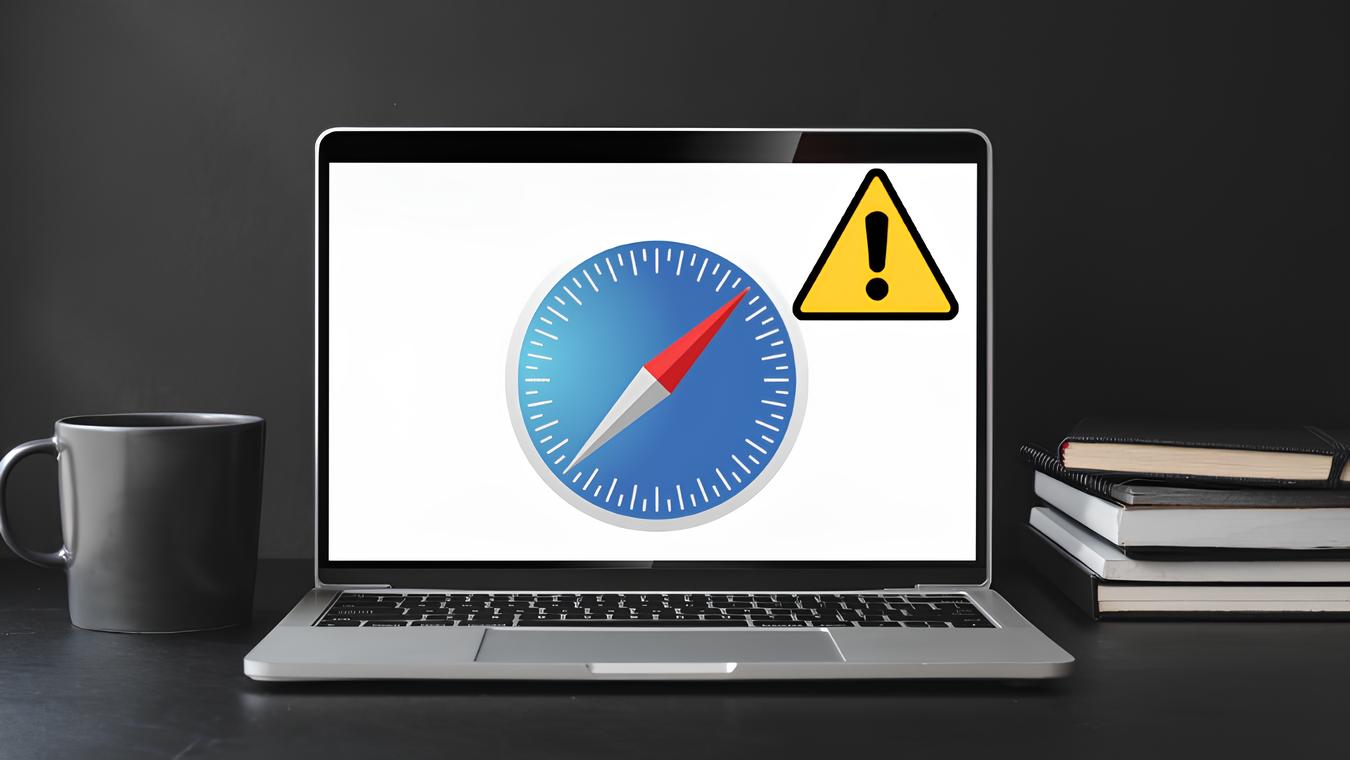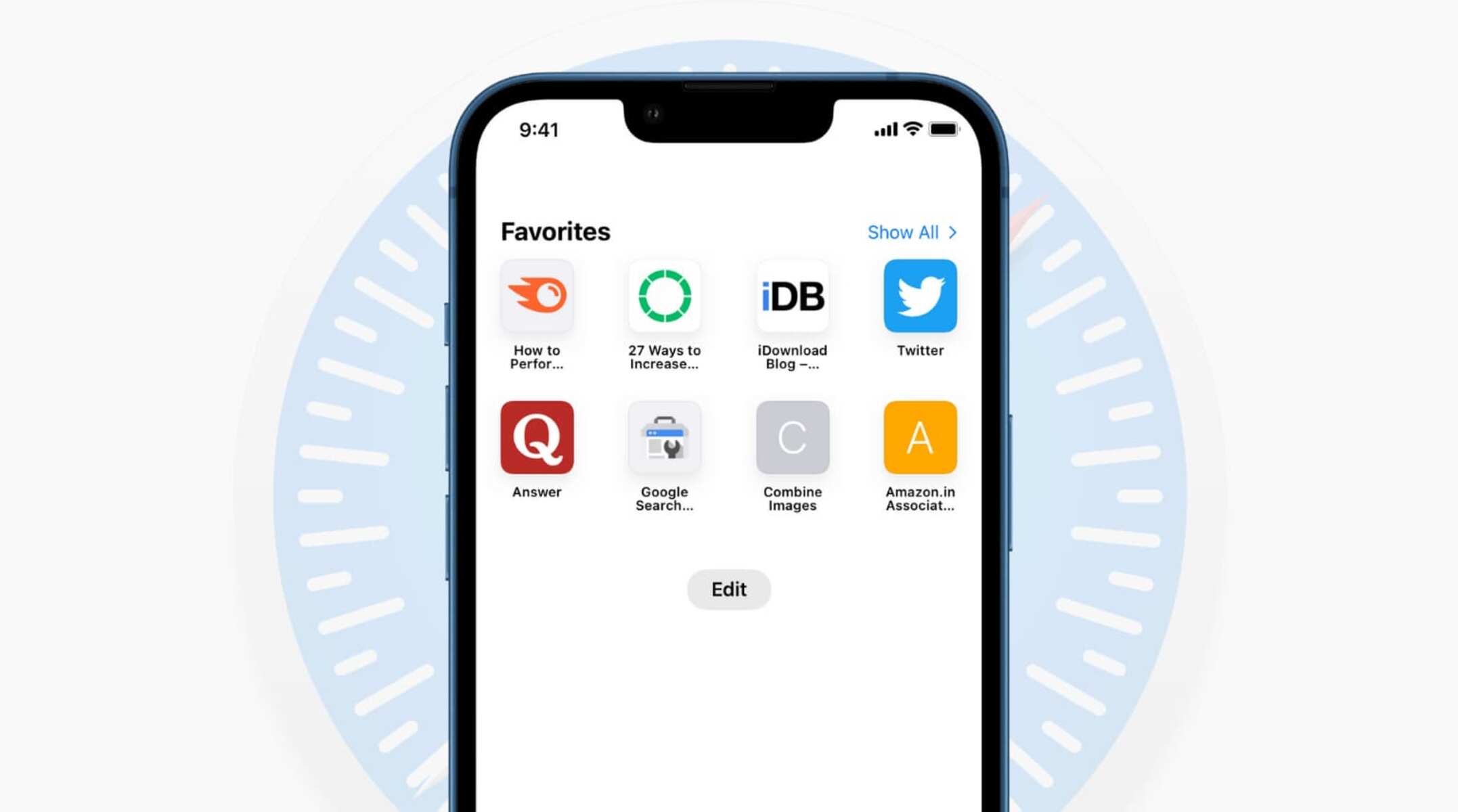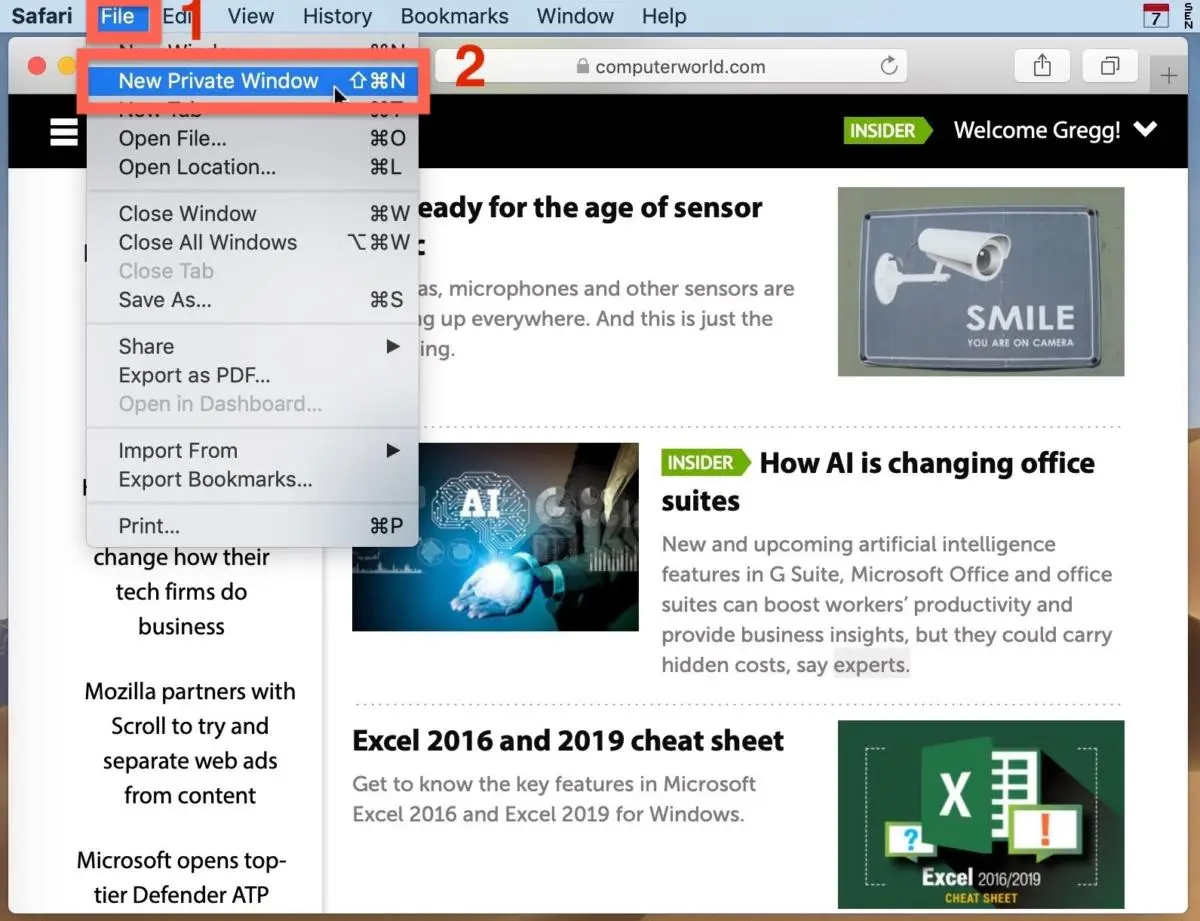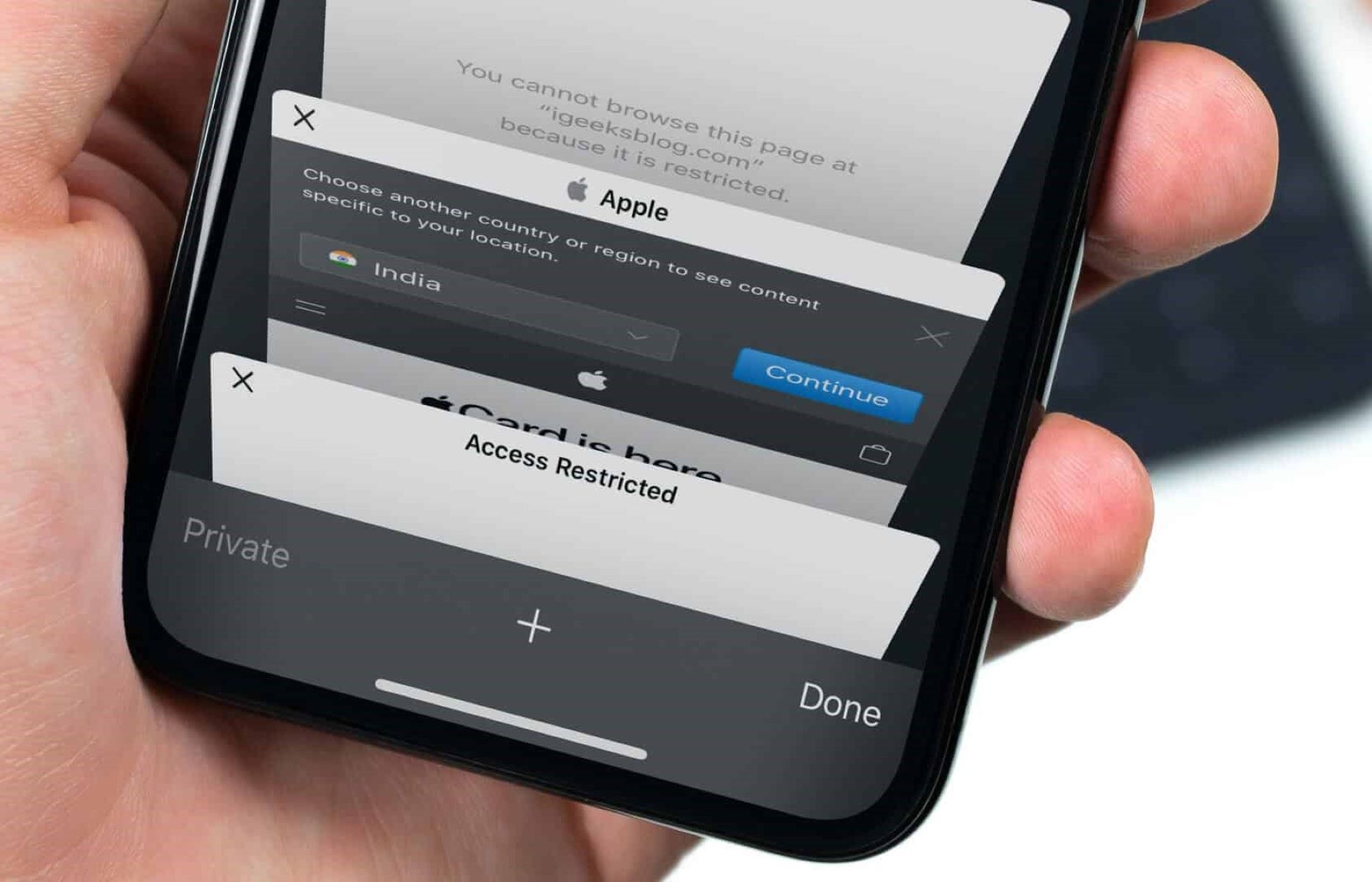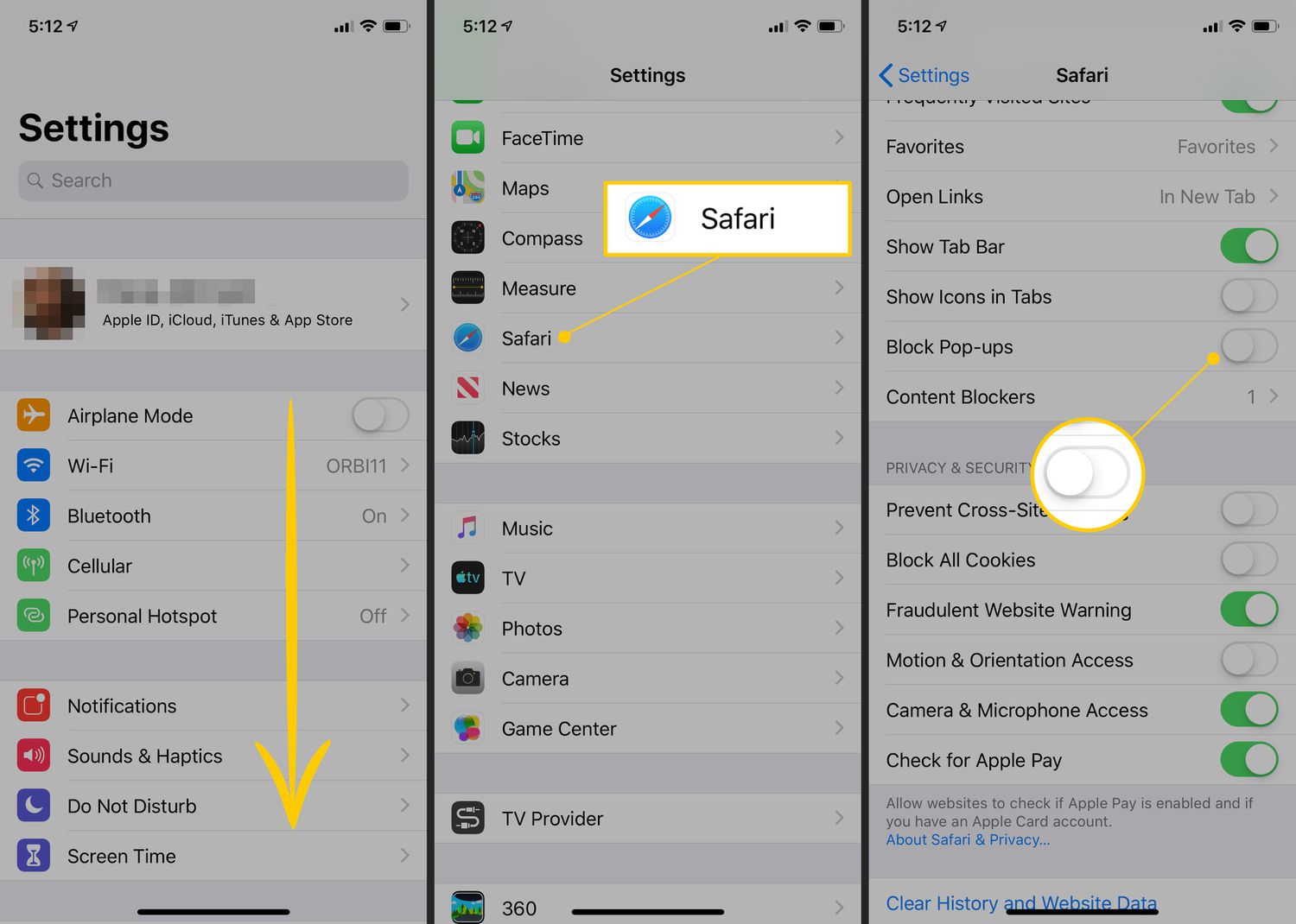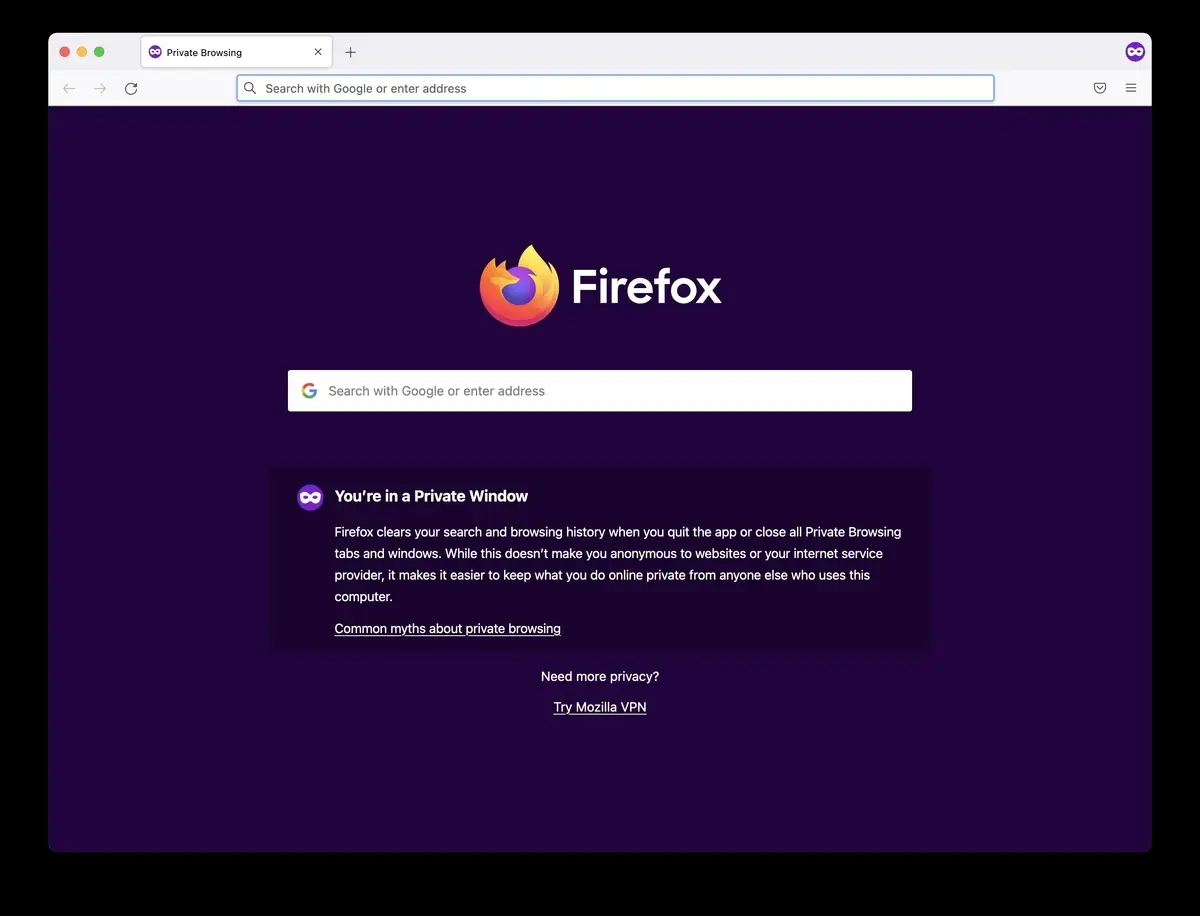Common Reasons for Safari Not Loading
Safari is a popular web browser known for its sleek interface and seamless user experience. However, users may encounter instances where Safari fails to load webpages, causing frustration and inconvenience. Understanding the common reasons behind Safari not loading can help users troubleshoot and resolve these issues effectively.
-
Poor Internet Connection: A weak or unstable internet connection can hinder Safari from loading webpages properly. This can occur due to network congestion, signal interference, or connectivity issues with the Wi-Fi router.
-
Outdated Safari Version: Using an outdated version of Safari may lead to compatibility issues with certain websites and web applications. It's essential to keep Safari updated to access the latest features and security enhancements.
-
Corrupted Cache and Cookies: Over time, the accumulation of cached data and cookies can impact Safari's performance, leading to loading issues. Clearing the cache and cookies can often resolve this issue.
-
DNS Configuration Problems: Incorrect Domain Name System (DNS) settings can impede Safari's ability to resolve website addresses, resulting in loading failures. Verifying and adjusting the DNS settings can help address this issue.
-
Faulty Extensions or Plugins: Safari extensions and plugins can sometimes conflict with webpages, causing loading problems. Disabling or removing problematic extensions can alleviate this issue.
-
Incompatible Website Elements: Certain websites may contain elements that are incompatible with Safari, such as outdated coding or unsupported media formats. This can hinder the loading process and disrupt the user experience.
Understanding these common reasons for Safari not loading empowers users to identify and address the underlying issues effectively. By recognizing these potential culprits, users can take targeted steps to troubleshoot and resolve Safari loading problems, ensuring a smoother and more reliable browsing experience.
Troubleshooting Steps for Safari Loading Issues
When Safari encounters loading issues, it can disrupt the browsing experience and hinder access to essential web content. To address these challenges effectively, users can implement a series of troubleshooting steps to diagnose and resolve the underlying issues. By following these proactive measures, users can regain seamless access to webpages and enhance their overall browsing experience.
1. Check Internet Connection Stability
The first step in troubleshooting Safari loading issues is to verify the stability and strength of the internet connection. Users should ensure that their device is connected to a reliable network and that the Wi-Fi signal is strong and consistent. If using a cellular connection, confirming adequate signal strength is crucial. Addressing any connectivity issues can significantly improve Safari's loading performance.
2. Restart Safari and Refresh Webpage
Simple yet effective, restarting the Safari browser and refreshing the problematic webpage can often resolve loading issues. This action clears temporary data and reloads the webpage, potentially bypassing any transient obstacles that impede the loading process.
3. Clear Safari Cache and Cookies
Accumulated cache and cookies can impact Safari's functionality, leading to loading problems. Clearing the browser's cache and cookies can eliminate outdated or corrupted data, potentially resolving loading issues and enhancing overall browsing performance.
4. Verify DNS Settings
Incorrect Domain Name System (DNS) settings can hinder Safari's ability to resolve website addresses, leading to loading failures. Users can verify and adjust their DNS settings to ensure they are configured correctly, potentially resolving DNS-related loading issues.
5. Update Safari and macOS
Keeping Safari and the underlying macOS up to date is crucial for maintaining optimal browser performance. Updating to the latest versions can address compatibility issues, security vulnerabilities, and other underlying factors that may contribute to loading problems.
6. Disable Extensions and Plugins
Safari extensions and plugins can sometimes conflict with webpages, causing loading issues. Temporarily disabling or removing problematic extensions and plugins can help identify and address compatibility issues, potentially resolving loading problems.
By following these troubleshooting steps, users can systematically diagnose and address Safari loading issues, restoring seamless access to web content and ensuring a smoother browsing experience. These proactive measures empower users to take control of Safari's performance and address potential obstacles that may impede webpage loading.
How to Clear Safari Cache and Cookies
Clearing the cache and cookies in Safari is a fundamental troubleshooting step to address loading issues and enhance the browser's performance. The cache stores temporary website data, while cookies retain information such as login credentials and site preferences. Over time, these accumulated data can impact Safari's functionality, leading to loading problems and potential privacy concerns. By clearing the cache and cookies, users can effectively refresh Safari's data storage, potentially resolving loading issues and improving overall browsing performance.
Steps to Clear Safari Cache and Cookies:
-
Open Safari Preferences: Begin by launching the Safari browser and accessing the "Safari" menu located in the top-left corner of the screen. From the drop-down menu, select "Preferences" to access Safari's settings.
-
Navigate to Privacy Settings: Within the Preferences window, navigate to the "Privacy" tab. This section houses essential privacy and data management settings, including options to manage website data such as cache and cookies.
-
Manage Website Data: In the Privacy tab, locate and click on the "Manage Website Data" button. This action opens a new window displaying a comprehensive list of websites that have stored data in Safari, including cache and cookies.
-
Remove Cache and Cookies: Within the "Manage Website Data" window, users can review the list of websites and their associated data. To clear the cache and cookies, click on the "Remove All" button. This action effectively clears all cached data and cookies stored by websites in Safari.
-
Confirm Clearing Data: Upon clicking "Remove All," Safari will prompt users to confirm the action. Users can review the list of websites and the amount of data being removed before finalizing the process.
-
Restart Safari: After clearing the cache and cookies, it is advisable to restart the Safari browser to ensure that the changes take effect. Users can close and relaunch Safari to initiate a fresh browsing session with cleared data storage.
By following these steps, users can effectively clear Safari's cache and cookies, refreshing the browser's data storage and potentially resolving loading issues. This proactive measure not only addresses performance concerns but also promotes privacy by removing accumulated website data. Clearing the cache and cookies in Safari is a simple yet impactful step in maintaining a smooth and reliable browsing experience.
Checking Internet Connection and DNS Settings
Ensuring a stable internet connection is paramount when troubleshooting Safari loading issues. A weak or unstable connection can significantly impede the browser's ability to load webpages effectively. Users should first verify that their device is connected to a reliable network, whether it be a Wi-Fi connection or cellular data. It's essential to check for any network congestion, signal interference, or connectivity issues with the Wi-Fi router that may be affecting the internet connection.
In addition to the internet connection, examining the Domain Name System (DNS) settings is crucial. The DNS is responsible for translating domain names into IP addresses, enabling browsers to locate and load websites. Incorrect DNS settings can lead to difficulties in resolving website addresses, resulting in loading failures. Users can verify and adjust their DNS settings to ensure they are configured correctly, potentially resolving DNS-related loading issues.
To check the internet connection and DNS settings on macOS, users can follow these steps:
-
Checking Internet Connection:
- Ensure that the Wi-Fi or Ethernet connection is active and stable.
- Verify that other devices connected to the same network are not experiencing connectivity issues.
- Consider restarting the router or modem to address any potential network disruptions.
-
Verifying DNS Settings:
- Access the "Network" settings within the macOS System Preferences.
- Select the active network connection (Wi-Fi or Ethernet) and click on "Advanced."
- Navigate to the "DNS" tab to review and modify the DNS server addresses if necessary.
- Users can consider using public DNS servers such as Google DNS (8.8.8.8 and 8.8.4.4) or Cloudflare DNS (1.1.1.1) for improved reliability.
By meticulously examining the internet connection and DNS settings, users can identify potential factors contributing to Safari loading issues. Addressing any connectivity issues and ensuring correct DNS configuration can significantly enhance the browser's ability to load webpages seamlessly. These proactive measures empower users to take control of their network settings and optimize the browsing experience on Safari.
Updating Safari and macOS
Keeping Safari and the underlying macOS up to date is crucial for maintaining optimal browser performance and overall system stability. Regular updates introduce new features, security enhancements, and compatibility improvements, addressing potential factors that may contribute to Safari loading issues. By ensuring that both Safari and macOS are running the latest versions, users can mitigate compatibility issues, security vulnerabilities, and performance concerns, ultimately enhancing their browsing experience.
Importance of Updates
Safari updates often include bug fixes, performance optimizations, and support for the latest web technologies. These updates address known issues that may affect webpage loading, such as rendering errors, JavaScript compatibility, and security vulnerabilities. By staying current with Safari updates, users can benefit from improved webpage rendering, faster performance, and enhanced security measures, reducing the likelihood of encountering loading issues.
Similarly, macOS updates encompass a wide range of system improvements, including enhancements to networking, file system management, and core technologies that impact Safari's functionality. These updates can address underlying system-level issues that may indirectly affect Safari's performance, such as network connectivity, resource allocation, and memory management. By updating macOS, users can ensure a stable and optimized environment for Safari to operate within, minimizing potential obstacles to webpage loading.
Updating Safari
To update Safari, users can follow these steps:
- Open the App Store on macOS.
- Navigate to the "Updates" tab to check for available Safari updates.
- If a Safari update is available, click "Update" to initiate the installation process.
- Once the update is complete, relaunch Safari to apply the changes.
Updating macOS
To update macOS, users can follow these steps:
- Click on the Apple menu and select "System Preferences."
- Choose "Software Update" to check for available macOS updates.
- If an update is available, click "Update Now" to begin the installation process.
- Follow the on-screen instructions to complete the update, and restart the system if prompted.
By regularly updating Safari and macOS, users can proactively address potential factors contributing to Safari loading issues. These updates not only enhance the browser's performance and security but also ensure compatibility with the latest web technologies and standards. Embracing a proactive approach to software updates empowers users to maintain a reliable and optimized browsing experience on Safari, minimizing the impact of potential loading challenges.
Disabling Safari Extensions and Plugins
Safari extensions and plugins, while offering additional functionality and customization options, can sometimes interfere with the browser's ability to load webpages effectively. When users encounter loading issues in Safari, disabling extensions and plugins can be a strategic troubleshooting step to identify and address compatibility concerns.
Identifying Problematic Extensions and Plugins
The first step in addressing loading issues related to extensions and plugins is to identify any potentially problematic add-ons. Users can navigate to the Safari Preferences and access the Extensions and Plugins sections to review the installed components. By examining the list of extensions and plugins, users can pinpoint any that may be causing conflicts or hindering webpage loading.
Disabling Extensions and Plugins
Once problematic extensions and plugins are identified, users can proceed to disable them to assess their impact on Safari's performance. This can be achieved by accessing the Extensions and Plugins sections within Safari Preferences and toggling the switches to disable the selected components. After disabling specific extensions and plugins, users should relaunch Safari and attempt to load the problematic webpages to gauge any improvements in loading performance.
Testing and Re-Enabling Components
After disabling extensions and plugins, users can systematically test Safari's loading performance to determine the impact of the disabled components. If the loading issues are resolved after disabling certain extensions or plugins, users can infer that those components were contributing to the problem. Subsequently, users may choose to re-enable the components one by one, testing Safari's performance after each re-enablement to pinpoint the specific extension or plugin causing the loading issues.
Removing Problematic Components
In cases where re-enabling a specific extension or plugin triggers the loading issues to resurface, users may consider removing the problematic component entirely. This can be achieved by uninstalling the extension or plugin from Safari, effectively eliminating its influence on the browser's performance. By removing problematic components, users can streamline Safari's functionality and mitigate potential conflicts that impede webpage loading.
Proactive Extension and Plugin Management
To maintain a smooth browsing experience, users are encouraged to proactively manage their installed extensions and plugins. Regularly reviewing and updating these components can help prevent compatibility issues and performance concerns. Additionally, users should consider the reputation and reliability of extensions and plugins before installation, ensuring that they are from trusted sources and compatible with the current Safari version.
By systematically addressing extensions and plugins, users can effectively troubleshoot and resolve loading issues in Safari, optimizing the browser's performance and ensuring a seamless browsing experience. Disabling, testing, and managing extensions and plugins empower users to take control of Safari's functionality and address potential obstacles that may hinder webpage loading.







